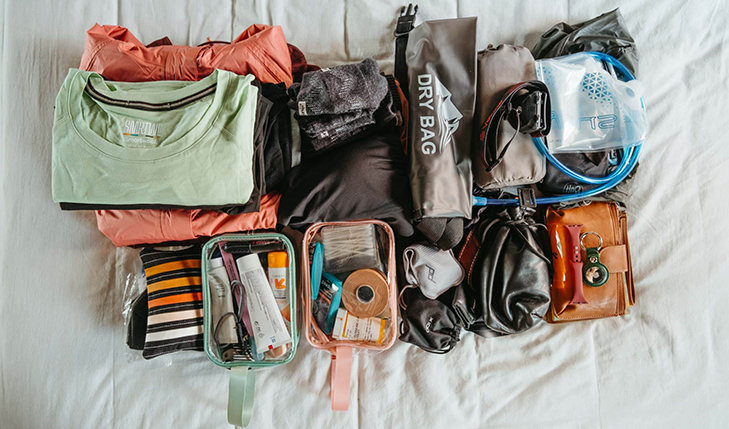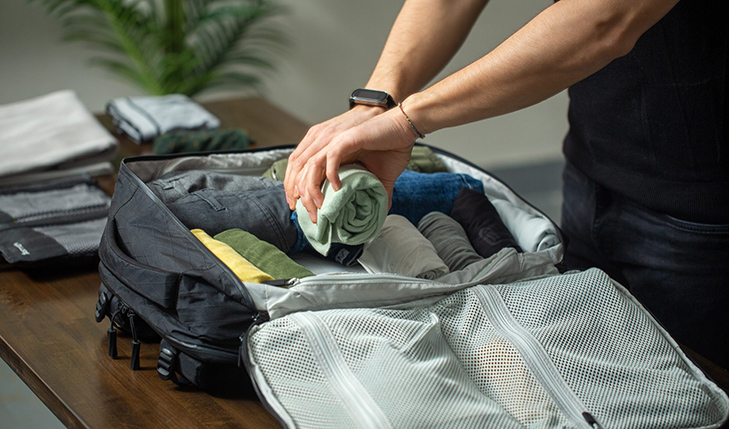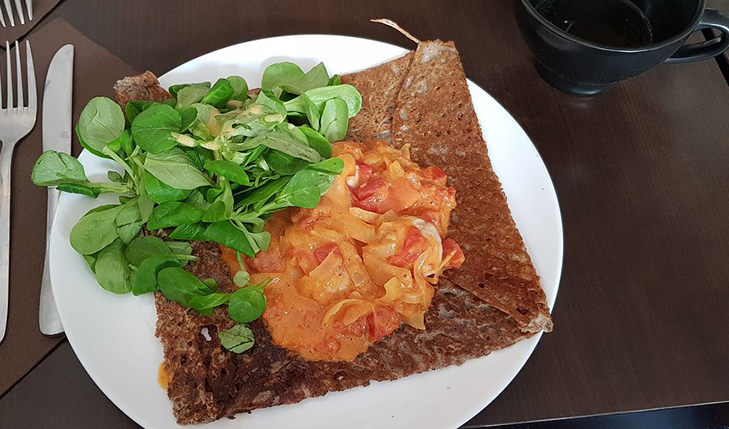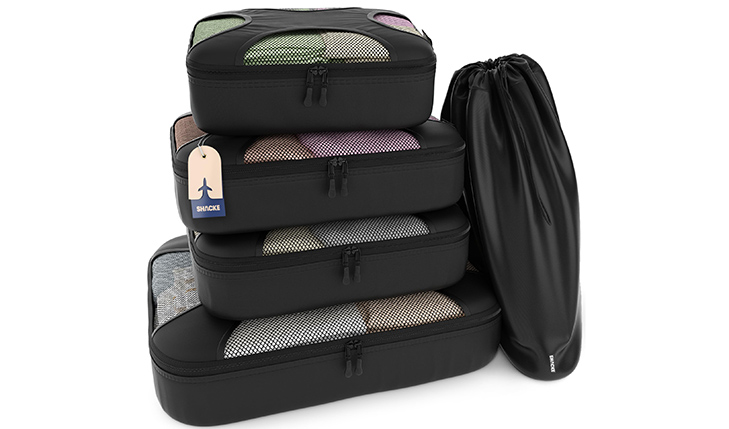I wish I had known so many things before my first visit to Paris—not just about the Eiffel Tower or the Louvre, but about small practicalities, everyday etiquette, metro cards, sim cards, street food safety, even what to wear. I’ll share what I really learned—and what I wish someone had told me in advance.
Paris Travel Essentials: What to Pack
Before arriving, I assembled a checklist of travel essentials. I packed a compact umbrella—Paris weather can be unpredictable even in summer. Comfortable but stylish walking shoes, because Parisians tend to favor refined looks. A lightweight scarf to drape over shoulders in cafés or shrines like Sacré‑Coeur. A small day-pack (not a bulky tourist backpack) to fit around local aesthetics. A portable phone charger and universal adapter, since I used my phone to navigate metro exits (knowing the exit number matters). I also brought a few euros in cash—small shops and boulangeries sometimes don’t accept cards under €10 or expect tips in cash.
What to Wear & Parisian Style Tips
I learned that blending in helps me move more confidently: I avoided sneakers with big logos and bright colors—Parisians are more subdued and chic. I just wore simple flats, dark jeans, a fitted sweater or trench coat. I left the beret I bought at home behind—locals tell me it screams “tourist” and many Parisians rarely wear one. Dressing simply but well allowed me to enjoy walking through boutiques, outdoor markets, and even feeling comfortable in cafés with locals watching.
Weather in Paris & Clothing Advice
Paris shifts seasons distinctly: in spring and autumn it’s often around 12–18 °C with occasional rain showers, so a waterproof jacket and layers are smart. In summer, days reach 25–28 °C—pack breathable fabrics but keep a light sweater for evenings. Winters can dip to 2–7 °C: if you go in December or January, bring a warm coat and scarf. Local residents often layer elegantly rather than bulk up—this taught me to dress smart yet functional.
Money & Budget Planning
Paris is not a cheap city, but you can travel well on a modest budget. I set an initial daily budget of €120: including €30‑40 for meals, €15 for metro tickets, and about €20 for entry fees. Exchanging money in advance here at a local bank gave me favorable rates; I avoided airport kiosks that offered poor exchange. Many boulangeries and street‑side cafés only take cash or contactless cards with your PIN; I carried around €50 in small notes and coins to cover purchases under €10 or tips.
Metro & Public Transport: Tickets & Cards
One major thing I wish I’d known earlier: getting the Navigo Easy card (cost €2) is almost essential for city transport. I purchased mine at the first metro station I used, paid €2 then loaded individual t‑tickets or a Paris Visite day‑pass depending on my itinerary ([worldinparis.com][3]). The familiar Navigo Découverte costs €5 and needs a photo, but I found Easy more flexible—I could recharge as I went and didn’t need a permanent card. A pack of 10 paper t‑tickets (“carnet”) cost around €17, which was handy if I stayed just a few days.
I noticed locals mostly use the Navigo cards or contactless bank cards. I never wasted time buying single paper tickets every ride—Navigo made everything smoother.
How to Use the Metro (and Comparison with Buses etc.)
Paris Metro is vast and efficient—with stations close together, but exits often take you to different streets, so I always checked the exit number in Google Maps before I left the station. I learned the new Line 14 extension reaches Orly Airport, making it quicker to get into the city (under 20 minutes) if you fly into Orly instead of Charles de Gaulle.
Though the Metro is fast, I also tried Paris’s bus routes occasionally—lines like 95 or 80 offered scenic rides past the Louvre, Saint‑Germain and Eiffel Tower, which I found more relaxing than descending into Metro tunnels. Buses are also more accessible and give great open‑air views—but slower in traffic.
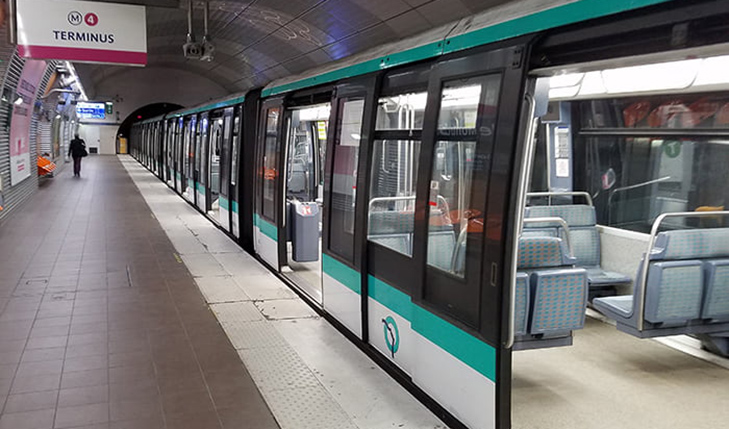
Getting a Local SIM Card
I got a local SIM card on my first evening—went to any telecom store (e.g. Orange or Sosh) and bought a prepaid package: about €20 for 10 GB data, unlimited calls/text UK/EU for a month. Activating it took just a few minutes; they registered my passport and I had local 4G immediately. This helped me use Google Maps underground to locate the proper Metro exit—big time‑saver.
Street Food & Snacks: What to Try and Safety Tips
Paris street food is delightful: I loved crêpes from stands in Montmartre, falafel from L’As du Fallafel in the Marais, fresh baguette sandwiches near Luxembourg Gardens, and roasted chestnuts in winter from street carts. I always checked that vendors had a clean stall, transaction lisences visible, fresh produce display, and a small queue—those were safer.
I avoid eating on the Metro—Parisians generally frown on eating on public transit and I noticed locals give judgmental glances if you chew a sandwich on a train. Eating on the street (pacings by fountain, park bench) is better. Also I always washed or sanitized my hands before eating—this city is wonderful but like any big tourist hub, petty pickpocketing is a thing—especially near food markets.
Cultural Etiquette & French Tips
I found that always saying “Bonjour madame/monsieur” before asking a question goes a long way; staff and locals appreciate that respect—they often respond warmly only after a proper greeting ([thetimes.co.uk][6]). I learned not to order a cappuccino before a meal—that can mark you as an outsider; instead have coffee after food, or at a café during apéro hour—locals sip a wine or spritz around 6 p.m.
I also learned to avoid overt tourist traps—streets hustled by restaurants shouting menus in English often offer overpriced mediocre food. Instead, I treated myself to local boulangeries, covered arcades like Passage des Panoramas, and traditional brasseries like Bouillon Pigalle for a full meal for around €22—excellent value and authentic ambiance.
Mini‑Itinerary: Five Days in Paris (Day by Day)
Day 1: Arrive, drop bag at hotel. Take Metro to Opéra station and climb up to the rooftop terrace of Galeries Lafayette—best free panoramic view over Paris including Eiffel Tower and Sacré‑Cœur. Walk to the Marais, grab a falafel or crêpe, and picnic in Place des Vosges. Evening stroll along the Seine.
Day 2: Louvre in the morning (buy tickets ahead). Lunch in Latin Quarter. Afternoon in Jardin du Luxembourg. Early evening drinks (apéro) near Saint‑Michel. Night walk around Notre Dame.
Day 3: Morning at Musée d’Orsay then cross to Musée de l’Orangerie. Afternoon strolling Champs‑Élysées perhaps but then detour to Pigalle or Canal Saint‑Martin for dinner and nightlife, as locals do.
Day 4: Day‑trip to Palace of Versailles—metro RER C easy with Navigo card. Tour palace and gardens, return by evening. Dinner at modest brasserie near Saint‑Germain.
Day 5: Explore Montmartre, climb to Sacré‑Cœur for sunrise (fewer crowds). Visit local markets (Rue Lepic or Marché des Enfants‑Rouges). Afternoon bike ride on Vélib’ along Seine. Evening Seine cruise for lights views—local chef Gabriel Gate highly recommends it.
Budget Adjustments & Insurance
Originally budgeted €600 total. I tracked expenses daily and switched to cafés that offered lunch menus (€15‑20) not tourist menus (€30+). I used the pack of 10 Metro t‑tickets (€17) rather than daily passes when I didn’t travel too much. I shifted my final night’s dinner to a simple boulangerie picnic instead of a brasserie, saving ~€20.
I also purchased travel insurance before departing. I chose World Nomads Explorer Plan, which cost about €45 for five days—it covered medical, trip delays, theft—including my phone stolen on a Metro platform one day. World Nomads was reputable, online claims were smooth, and local reimbursements came quickly.
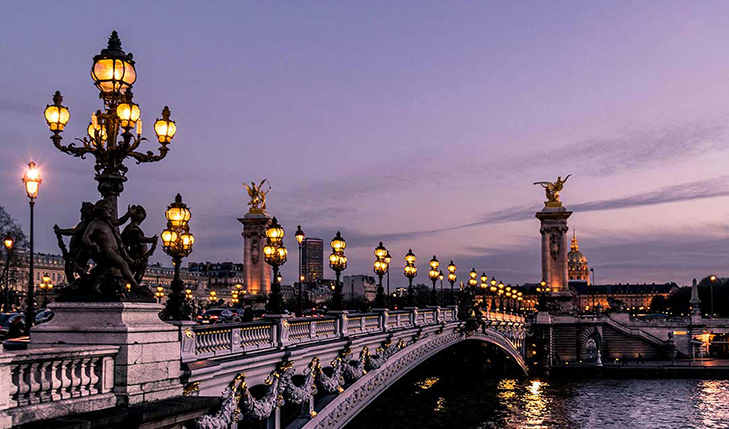
Personal Feelings & Reflections
Reflecting back, my first week in Paris was magical—landmarks, cobblestone lanes, café culture. But learning the quiet etiquette—say bonjour first, queue assertively, walk with style, avoid eating on trains—made me feel like I wasn’t just a visitor but someone making the effort to respect local norms. I remember gazing at the Seine late evening, hearing bells at Notre Dame and thinking: yes, I’m doing this right. The small gestures—speaking a few words in French, opting for a tucked‑in scarf instead of bright logo tee, politely asking for the check (as the French expect)—shifted how locals responded. I felt less tourist and more traveler.
Street food by night, riding Vélib’ through the 11th arrondissement, people‑watching over sunset wine at Buttes‑Chaumont—these simple moments felt authentic. I learned that Paris isn’t merely about ticking museums; it’s about being present—walking without pressing “next” on a camera, savoring a sandwich in a park, lingering over wine and charcuterie.
Advice
I wish someone had told me about**
- the Navigo Easy card—it made transport seamless,
- carrying small cash—it helped in bakeries or taxis,
- greeting in French before asking anything—it changed tone of interactions,
- avoiding tourist traps by trusting local food spots,
- and booking the Explorer insurance plan—it saved stress when my phone was stolen.
Planning five days, blending iconic sights with off‑beat neighborhoods, using an affordable travel insurance, packing right and using public transport like a Parisian—all this turned my first trip from overwhelming to truly enriching.
